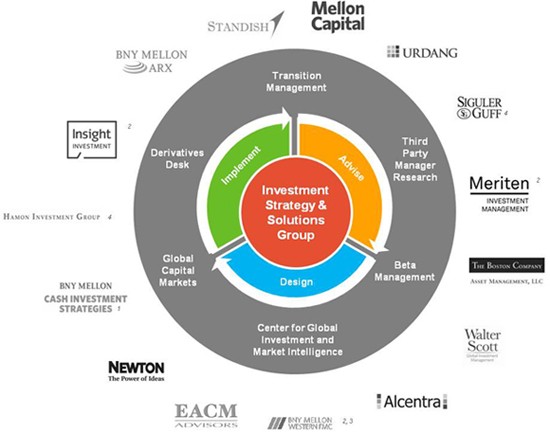Investment Resources
Post on: 2 Июль, 2015 No Comment

Bond quality/ grade
In addition to default risk, bonds carry an interest rate risk. This risk is greater for bonds with long maturities. Suppose we buy a bond (lend money) for $1000 today, at seven percent interest. If the prevailing interest rate rises to eight percent, this bond will be worth less because it pays only seven percent. If rates fall, however, this bond will become more valuable because it pays more than the prevailing market rate.
The risk (and corresponding opportunity for gain) rises with time to maturity. If we have a 7% bond and the prevailing rate is 8%, but the bond matures in a year, it’s not a big problem. We need only wait a year, collect the interest and principal, and reinvest them. It’s another matter if we’re stuck with 7% for thirty years. (If prevailing rates drop to 6%, though, a 30 year 7% bond will command a premium price in the market.)

Bond Yields
- A bond’s current yield is its interest rate (coupon payment) divided by its price. A bond that sells for $1200 and pays $90 a year has a 7.5 percent current yield. (Corporate bonds have a typical $1000 face value.)
A bond’s yield to maturity is its lifetime rate of return. Suppose this bond, which sells for $1200, matures in thirty years. When it matures, its issuer pays back the face value, which is only $1000. The yield to maturity is the rate of return that makes the transaction’s net present value equal to $1200. This will be less than 7.5 percent, since we had to pay a premium for the bond. (When we redeem it in thirty years, we will take a $200 loss.) Here is the formula for computing the yield to maturity (i, expressed as a fraction) of a bond that sells for P dollars, whose annual coupon payment is C, and which matures in N years. Solve for i (an iterative solution is required: once I learn Java, I will provide an interactive formula for this.)
Example: a bond that matures in 9 years sells at 80 and 5/16, or $803.1. Its coupon rate is 4.5%, or $45 a year. Solution of the following equation for i shows the yield to maturity to be 7.6%.
The net present worth of nine annual payments of $45, when the rate of return is 7.6%, is $285.85. The net present worth of $1000 received nine years from now is $517.24. The net present worth is therefore $803.09,
$803.1.
* Nothing on this page is to be construed as investment advice, or endorsements for a particular financial instrument or fund.














